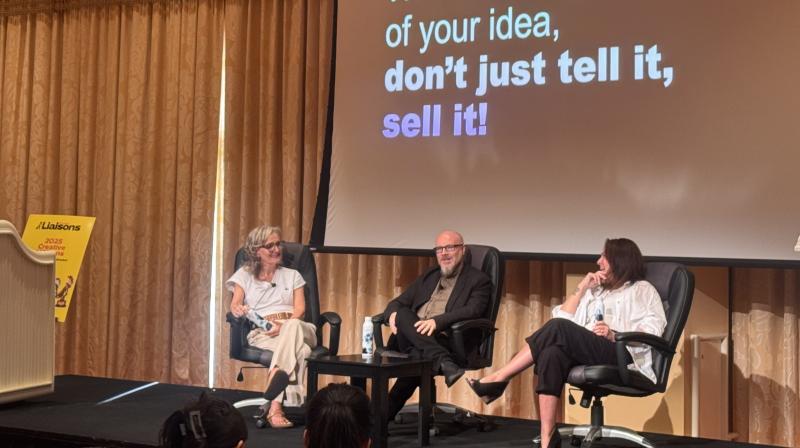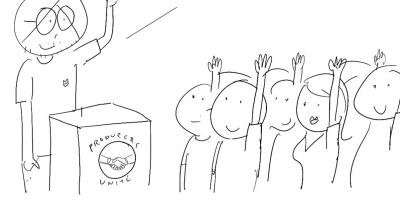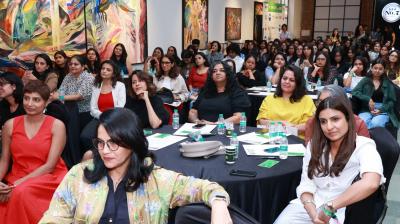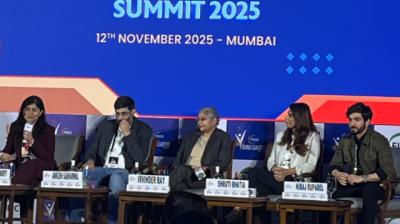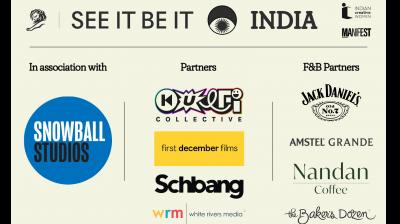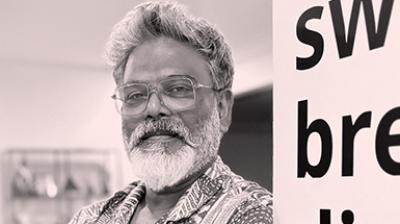Stephanie Berman, global CCO, The Bloc; Stephen Martin, creative director, EMEA and global, Syneos Health, and Lauren Naima, EVP, MD, ECD, Eversana Intouch, New York, shared key insights about how one can make an award-winning entry case study film at the London International Awards’ Creative Liaisons program.
Opening the session, Berman, who is the jury president for the ‘Health and Wellness’ category at LIA this year, stated that if one doesn’t know how to tell a story to the jurors, all the effort and hard work in working on the campaign is down to zero.
“A strong case film can elevate work from good to great. Great work hasn’t worked (at awards) because it doesn’t start in the right way. And conversely, really good work has been elevated to great because of a great case film,” she stated before revealing what jurors normally look for in case studies, and ‘seven drivers of a winning case film’.
What the jury looks for:
Clarity: Is the idea clear in the first 30 seconds?
Creativity: Is the concept original and unexpected?
Craft: Is the execution impeccable? (Not only the piece of work, but the case film too.)
Effective: Did it achieve real, measurable impact?
Seven drivers of a winning case film:
The problem: Frame the tension or insight driving the idea.
The idea: Present the solution simply and clearly.
The execution: Show how the idea came to life with all the campaign assets.
Innovation: Highlight what’s new, bold, or first-of-its-kind.
Results: Use credible, quantified data.
Cultural relevance: Show how it impacted society, not just metrics.
Emotional hook: Leave the jury with an undeniable feeling.
Taking over from Berman, Naima urged young creatives to ‘make it easy’ for the jurors because usually they have more than a hundred cases to watch at the award ceremonies.
She explained, “The case film should be limited to two minutes maximum. I’d also suggest that one should get to the point quickly. And one must always use subtitles – they are super important and help jurors remember the idea.”
Martin stated that one must ‘craft the hell out of every last pixel’ and that’s what can end up making a case study magnificent.
He revealed five points that one should keep in mind regarding the craft.
Tone and script: Should mirror the idea. Make it funny, empowered, and emotional. Avoid using industry jargon and be human.
Art direction and typography: The case should incite emotion, intent, and identity into every visual choice.
Music: Should lift, drive, and deepen the emotional arc and inspire without overpowering.
Footage and edit: Should be high-quality, intentional, and emotionally paced – every cut should serve the story.
VO and casting: Should be thoughtful and textured. Sex, age, ethnicity, and accent – all should be kept in mind, making the case more authentic.
Berman asked young creatives to make the case study matter.
“It shouldn’t just inform. It should inspire. It should reveal what the strategic problem being solved is. It should also reveal what the driving insight is. The case study should also showcase how the creative campaign solved the problem in a surprising way, along with results (sales increase/change in laws/shift attitudes and driving engagement),” she stated.
She showcased one such case study, a campaign from Painvisible.
Concluding the talk, Naima and Martin shared a few more tips for those looking to excel at case studies.
Naima had a checklist to make the work airtight.
“Before one hits submit, check are the results concrete. Use data. Use social proof. Use PR proof. Use indirect proof and make the agency’s role clear,” she stated.
Martin said, “Make the case study early. Plan it ahead of the idea production, and not just before the awards show. Write a script with an emotional and logical arc. Build PR and measurement plans to supply the results that the case study will need. Shoot behind-the-scenes footage (particularly for craft entries). Plan to record experts/client/consumer interviews and experiences. Push high production values – design, VO, soundtrack, edit.”

